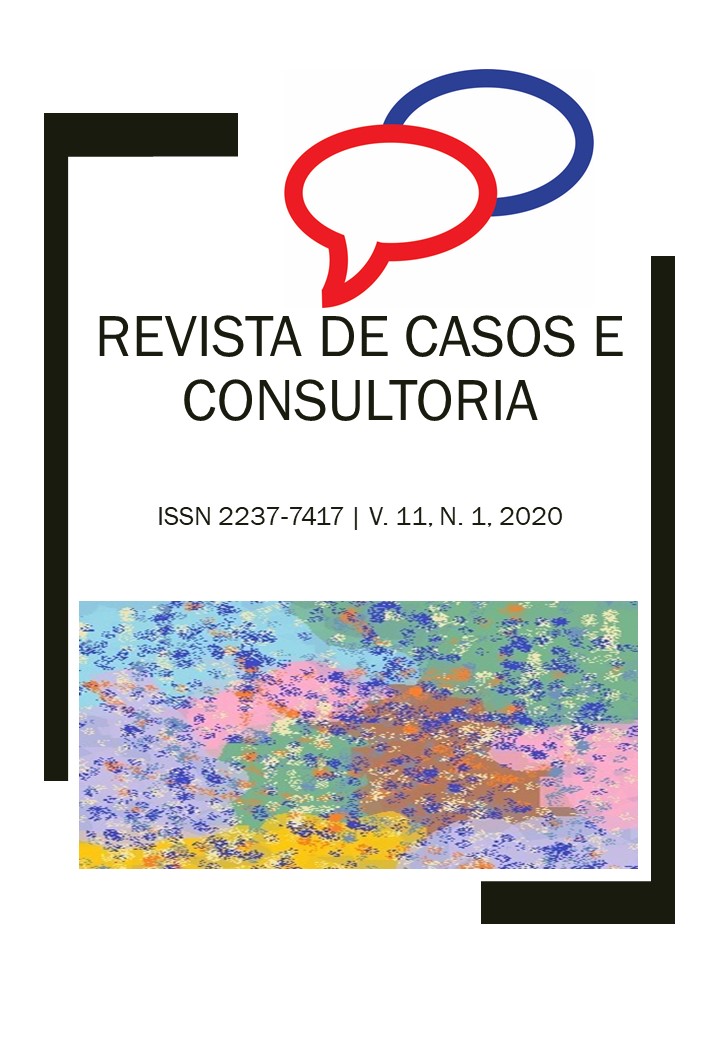O direito à memória potiguar: um estudo sobre o abandono do patrimônio histórico-cultural, arquitetônico e urbanístico de Natal/RN entre 2007-2018
Palavras-chave:
Memória potiguar, Urbanismo, Patrimônio histórico-culturalResumo
Os patrimônios históricos, de natureza arquitetônica, estão presentes no domínio urbanístico de Natal-RN desde os primórdios de sua consolidação como município e espera-se que estes ainda se mantenham caracterizados e conservados por muitas gerações. Para isso, é necessária uma cooperação mútua entre o poder público e a comunidade, a fim de assegurar a manutenção desses bens, impedindo sua descaracterização e deterioração. Deste modo, esse artigo científico tem como objetivo refletir sobre o direito à memória potiguar, no que tange a conservação do patrimônio histórico-cultural, arquitetônico e urbanístico do Rio Grande do Norte. Além disso, busca apresentar as percepções de profissionais e graduandos da UFRN e IFRN, a respeito da real situação destes patrimônios e da atuação dos órgãos competentes no trabalho de preservação. Para tal, utiliza-se da pesquisa bibliográfica, de natureza quali-quantitativa, buscando embasamento teórico em estudos de Freitas e Guimarães (2017), Rodrigues (2001) e Chartier (1990). Ainda, utilizou-se de questionários, os quais foram direcionados a estudantes de graduação, profissionais técnicos e educadores, entre outros que colaboraram respondendo a pesquisa. Finalmente, foi possível constatar que dentre os participantes desse estudo, a maioria está ligada com a área das Ciências Humanas e não acredita apenas na responsabilidade dos setores públicos e constitucionais, como mantenedores do zelo aos patrimônios culturais, urbanísticos e arquitetônicos do RN, mas ao trabalho coletivo entre estes e a sociedade, assegurando assim, o direito à memória potiguar.
Downloads
Referências
BRASIL. Constituição da República Federativa do Brasil. Brasília, DF: Senado Federal: Centro Gráfico, 1988.
CHARTIER, Roger. A História Cultural entre práticas e representações, Lisboa: Difel, 1990.
CARVALHO, Marília Pinto de. No coração da sala de aula: gênero e trabalho docente nas séries iniciais. São Paulo: Xamã, 1999.
FONSECA, Celso Suckow da. História do Ensino Industrial no Brasil. Rio de Janeiro: Senai-DN, v.5, 1986.
FREITAS, Marcyo Keveny de Lima; GUIMARÃES, Patrícia Borba Vilar. TOMBAMENTO: um instrumento de efetivação e proteção do patrimônio histórico, cultural, artístico, turistico e paisagístico nacional. Santo Ângelo: Direitos Culturais, 2017. Disponível em: https://cutt.ly/Vfhb4BB. Acesso em: 02/02/2019.
IPHAN. Instituto do Patrimônio Histórico e Artístico Nacional. Brasília: Ministério do Turismo, Página Oficial, 2019. Disponível em: http://portal.IPHAN.gov.br/pagina/detalhes/277. Acesso em: 19/11/ 2019.
LEITE, Francisco Tarciso. Metodologia científica. São Paulo: Ideias & Letras, 2008.
MINAYO, Maria Cecília de Souza. O desafio do conhecimento: pesquisa qualitativa em saúde. 7. Ed. São Paulo: Hucitec; Rio de Janeiro: Abrasco, 2000.
RODRIGUES, M. Imagens do Passado. A Instituição do Patrimônio em São Paulo. São Paulo: Unesp; Imesp; Condephaat, 2001.
TRIBUNA DO NORTE. Dúvidas Históricas: A Cidade do Natal. Disponível em: <http://www.tribunadonorte.com.br/especial/histrn/hist_rn_2i.htm> acesso em: 22/05/ 2011.

 Português (Brasil)
Português (Brasil) English
English Español (España)
Español (España)